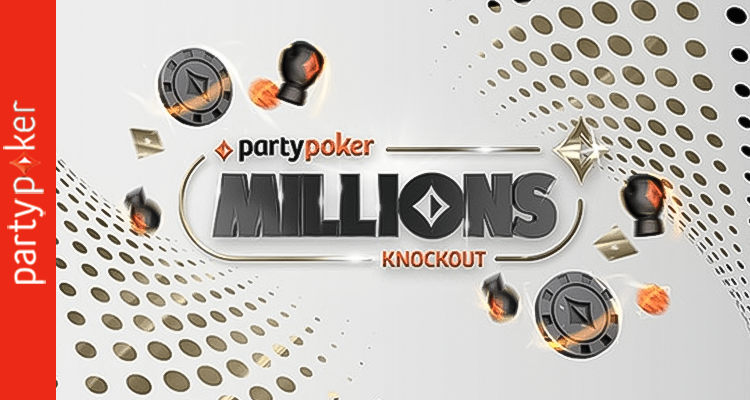

Suited connectors in Texas Hold'em: what are these cards?

The suited connectors in poker are an important
element of any potentially winning strategy. They are those connected cards of
the same suit, (i.e. consecutive (e.g. J, Q or 9, 10) of the same suit), that
can be used to tie a good hand, either a full house or a straight.
When you have these suited connectors in poker,
the last thing you should think about is throwing them away, since they can be
used in the showdown to create a powerful hand with the help of the
community cards.
How to play with connected cards
The suited connectors are nothing more than the
connected cards that you can have in your hand during a game. It is crucial to
keep them, although the strategy we define will depend on the specific
situation the game is going through. In spite of these particularities, you
must take into account a series of guidelines that can help you to try to keep
as much as possible your suited connectors and not give up the possibility of
creating a good hand.
Medium connected cards are very juicy, they always
encourage you to play, but they are somewhat dangerous. Especially in
cash games with blinds that do not change.
With cards like 9♣ 10♣ it is normal that we decide to play and go in
search of a potential straight or at least a flush. But it can happen that we
simply stay with a double pair and our expectations come to nothing.
With a double pair we must be careful, because it is likely that we have a low
kicker - the kicker is the card that completes the 5 that must be taken into
account to make a hand, between 3 of the 5 community cards on the table and the
two that the player has in hand - the kicker is the card that completes the 5
that must be taken into account to make a hand, between 3 of the 5 community
cards on the table and the two that the player has in hand and we can lose the hand.
When playing in a Texas Hold'em game it is
crucial that with this kind of hands we do not raise the bet preflop, because
the hand would no longer have value and we would have to get rid of it. What
to do then so that there are no raises?
One option is what is known as "check-call".
If we talk about preflop, it would be to pay the blind, that is, to see the bet
and pay the raise if it is not too high. This allows us to have the size of the
pot under control, because if we are the ones who raise the bet and it happens
that an opponent re-raises, the bet and the pot would escalate too much and it
would not be viable to pay.
But if we opt for this strategy, we have to
take into account that, although we are representing a higher hand than we
really have, with all the good that this entails, from this position we
cannot face a re-raise, and that would mean losing additional chips. Keep
this in mind.
What's the goal with medium cards connected,
then? To see the flop. These cards lose almost all their value if they
do not see at least one colored card (you should even aim higher, and you
really have to connect with two colored cards or two cards that complete to
find the straight), as happens with the pairs that do not see the three of a
kind on the flop: they end up being worthless and have to be thrown away.
The key is to keep in mind that, although very
juicy and appetizing, suited connectors are really lousy cards. They are
worth something if you can see a good hand with the rest of the cards, but
without them they are worthless, so beware of losing too many chips over time.
Strategies with suited connectors depending on the type of game and the round
When playing suited connectors in tournaments
you have to be extremely cautious when opening the hand, as it is highly
probable that there will be players with a short stack who will put you
on the ropes, making you lose the advantage postflop. In a cash game you can
open a hand from any position with any suited connector, even from UTG, but in
tournaments things change. We will have to be careful not to have players with
short stacks or aggressive players capable of making a 3bet and make things
difficult for us.
Be careful, do not shy away from paying 3bet,
but choose well when to do it. Better if you pay it with deep stacks to
be able to see turns and rivers more often.
The suited connectors float in several ways:
double pairs, flush, straight... in other words, many different lines of play
are open to you. You will have to determine which one to choose
depending on the strength of your hand and how your opponents are playing.
One thing you should never do is to play medium
connected cards in middle or early position with 30 big blinds or less. As the
value of the connectors goes down as the stack decreases, you will have to discard
playing your suited connectors with less than 30 bb.
Also, keep in mind that for every connector you
manage to play successfully, there will be 5 that will flop and cause you to
lose a small or even medium pot. Even with a straight flush, your opponents
could leave you out of the pot. It is rare to happen with big stacks
because you will have more chips to take advantage of and you will see the turn
and river more often, but keep this in mind.
You may also like

PARTYPOKER MILLIONS ONLINE KO EDITION
PARTYPOKER MILLIONS ONLINE KO EDITIONLet's talk about Party Poker Millions, a kind of poker Olympics that makes players' hearts beat faster and dreams of sudden riches seem within reach!A mountain...

Poker Variance Part 4: how variance works in SPINS
Combining variance and spins in the same formula may seem like suicide. The role of variance in poker and the speed of spins, with prizes changing every minute, can drive anyone crazy who doesn't u...

How Do Poker Tournaments Work? Complete Guide for Online Players
How Do Poker Tournaments Work? Complete Guide for Online PlayersWhat is a Poker Tournament?Online poker tournaments allow players to compete in events with a fixed buy-in. Each participant starts w...














